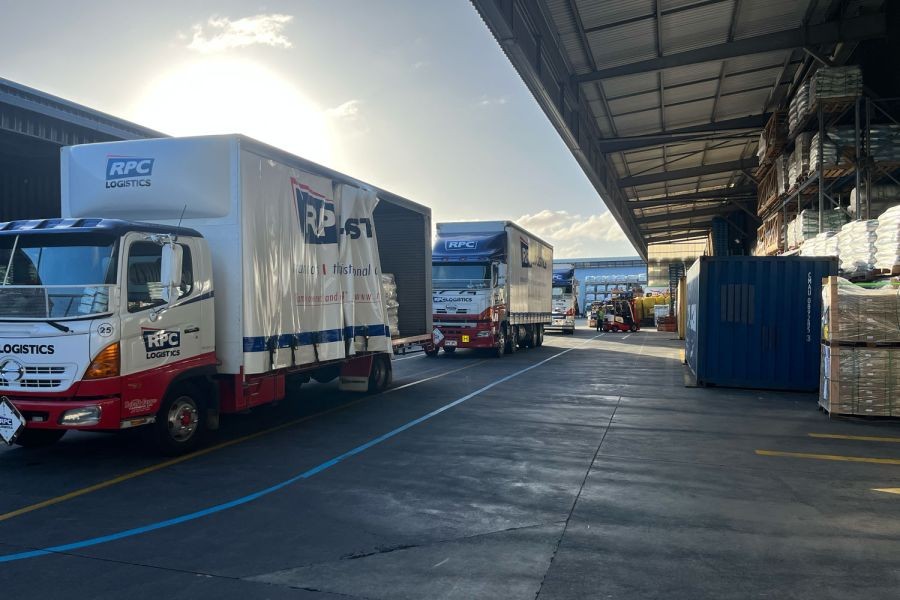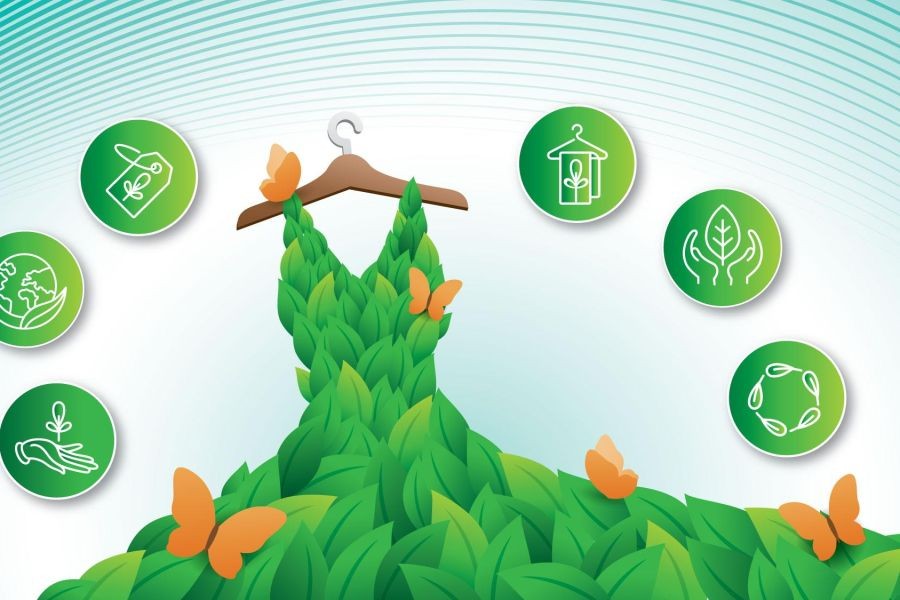New Zealand's unique geographical makeup, with its two main islands separated by the Cook Strait, presents both opportunities and challenges for transporting goods. The logistics of moving products between the North and South Islands are crucial to the nation's economy, impacting industries from agriculture to retail. This article delves into how goods are transported across these islands, highlighting the critical factors, challenges, and innovative solutions at play.
Understanding the Logistics Landscape
The transport of goods between New Zealand's islands is primarily facilitated by ferry services, air freight, and, to a lesser extent, specialized rail services. The inter-island ferry route, managed by companies like Interislander and Bluebridge, is a critical artery for both freight and passenger vehicles. According to Stats NZ, more than 4 million tonnes of goods were shipped via ferries annually, underscoring their importance in maintaining the flow of goods.
Case Study: Interislander's Role in Supply Chains
Problem: Interislander, a primary ferry service provider, faced challenges in meeting growing demand while ensuring timely deliveries.
Action: They invested in larger, more fuel-efficient vessels and improved scheduling systems to optimize turnaround times.
Result: These changes led to a 20% increase in freight capacity and a 15% reduction in delays, as reported by a 2022 company press release.
Takeaway: Efficient scheduling and modernizing fleets are vital for meeting logistical demands in New Zealand's inter-island transport.
Air Freight: Speed vs. Cost
While ferries handle bulk freight, air transport is crucial for high-value and time-sensitive goods. The Ministry of Business, Innovation and Employment (MBIE) reports that air freight accounts for around 15% of New Zealand's total export value. However, air transport comes with higher costs, influencing its use primarily for perishable goods like seafood and flowers, where speed is essential.
Expert Insight: Balancing Cost and Efficiency
Dr. Emily Rata of Massey University highlights a critical challenge: "While air freight offers speed, the cost can be prohibitive for many businesses. A balanced approach, combining air and sea freight, often yields the best results, ensuring efficiency without exorbitant expenses."
Innovative Solutions and Future Trends
With advances in technology and logistics, new methods are emerging to enhance inter-island transport. The introduction of hybrid-electric ferries and digital tracking systems marks a significant shift toward more sustainable and efficient logistics practices.
Industry Insight: A Deloitte report foresees that by 2030, hybrid and fully electric vessels could dominate the Cook Strait, reducing carbon emissions by up to 50% and leading to cost savings in fuel and maintenance.
Pros and Cons of Current Transport Methods
Pros:
- Ferry Transport: Cost-effective for bulk goods, significant capacity.
- Air Freight: Fast delivery, ideal for perishables.
Cons:
- Ferry Transport: Weather-dependent, slower than air freight.
- Air Freight: High cost, limited capacity.
Common Myths & Mistakes
Myth: "Ferry transport is always cheaper than air freight."
Reality: While generally more economical, ferry transport can incur additional costs due to delays or cancellations, especially in adverse weather conditions.
Myth: "Air freight is only for international shipping."
Reality: Air freight is increasingly used for domestic transport of time-sensitive goods, such as medical supplies and fresh produce.
Final Takeaways
- Efficient scheduling and modern fleets are crucial for inter-island logistics.
- A combination of air and sea freight optimizes cost and efficiency.
- Innovations like hybrid-electric ferries are shaping the future of transport.
As New Zealand continues to innovate in its transport methods, businesses must adapt to leverage these advancements. Share your thoughts on how inter-island logistics impact your industry!
People Also Ask (FAQ)
How does ferry transport impact New Zealand's economy? Ferry transport is vital, moving over 4 million tonnes of goods annually, supporting industries such as agriculture and retail.
What are the biggest misconceptions about air freight? A common myth is that air freight is only for international shipping, but it's crucial for domestic transport of perishable goods.
What future trends could affect New Zealand's logistics? Hybrid-electric vessels and digital tracking systems are set to reduce emissions and improve efficiency in the coming years.
Related Search Queries
- New Zealand inter-island transport logistics
- Ferry services for goods in New Zealand
- Air freight costs in New Zealand
- Sustainable transport solutions NZ
- Cook Strait ferry schedules and capacity
- Impact of weather on NZ freight services
- Digital solutions for logistics in New Zealand
- Future trends in NZ transportation
- Hybrid-electric vessels in New Zealand
- Logistics challenges in New Zealand
































TracieWhit
5 months ago